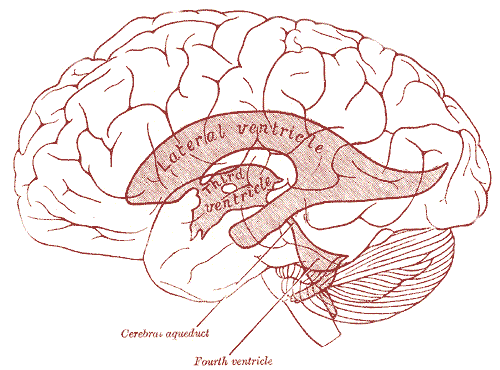International TerminologyA Practical Approach for Your A&P Course
Are you familiar with the official, international anatomy terminology lists?
Even if you are, you may find some useful facts and ideas here.
As you may know, the International Federation of Associations of Anatomy (IFAA) has charged their Federative International Programme for Anatomical Terminology (FIPAT) with the task of developing and promulgating a standard international list of anatomical terms.
The FIPAT has already published two previous lists of anatomical terminology in an attempt to standardize usage worldwide. The lists attempt to eliminate eponyms where possible in favor of clearly descriptive terms. Each structure is listed by number, Latin name, and English name. (UK English is used in the lists.)

The first international list of anatomical terms published by the FIPAT was the Terminologia Anatomica (TA), which lists the terminology of gross anatomy. The TA was then followed by the TH or Terminologia Histologica, a list related to microscopic anatomy. Both lists have a comprehensive index and guide to eponym equivalents. The lists are organized by location in the body, duh-uh.
The FIPAT has also published a list of anatomical terminology called the Terminologia Embryologica (TE). The TE lists terms related to developmental anatomy.
To access the free online versions of the international lists of terminology, go to https://my-ap.us/2LCcgn8
In our textbooks, we have attempted to follow the available international lists as closely as possible. Where appropriate, we’ve also included synonyms–including eponyms–commonly used in many regions of the United States.
Ian Whitmore, the FIPAT chair, once told me that he is encouraged that we A&P professors have also joined this cause of standardizing the use of terminology because it is only by doing so at the introductory level will it eventually filter upward and outward to the entire world of anatomy. He told me that he believes it will take quite bit of time for the newly trained to influence common usage enough for the new terminology to become truly standard, which makes sense. That’s how language works, right?
Of course there are several other efforts within subdisciplines of physiology, pathology, microbiology, biochemistry, and other human sciences. Most follow the same principles of clarity and value of term as a descriptive label, avoiding eponyms and misleading word parts.
Here is a comprehensive list of anatomical eponyms that includes the equivalent descriptive term, plus references.
Download the PDF:
Anatomical eponyms–unloved names in medical terminology
(F. Burdan, et al. 2016. Folia Morphol.)
In my textbook Anatomy & Physiology, I have included a brief discussion of this effort to standardize scientific terminology in the introductory chapter. And I further clarified these principles in the handy included supplement Quick Guide to the Language of Science and Medicine. This little supplement helps the beginning student navigate the often daunting first exposure to what is essentially a new, foreign language.
An important issue in all of this is, of course, what students will encounter when they get out into “the real world” of local clinical facilities. If all they learn is a new international terminology, will they be able to communicate effectively in their careers?
I think the answer to this is to adopt an attitude of transition. That is, to teach the new terminology but also teach the older synonyms alongside. I think the extra effort on the part of both teacher and student is worth it to promote immediate effective communication while also achieving the goal expressed by Dr. Whitmore in looking forward to the day when the international terminology will be universal.
Because human language is what it is and therefore evolves continuously, I don’t think we’ll ever “be there.” One factor that will never go away is the reality of regional differences . . . local scientific and clinical “dialects.” But I think if we are conscious of the usefulness of a standard and stay alert to the published lists, then we’ll get as close as we can to a universal language of human science. And that will mean more accuracy . . . accuracy upon which someone’s life or health could depend.


